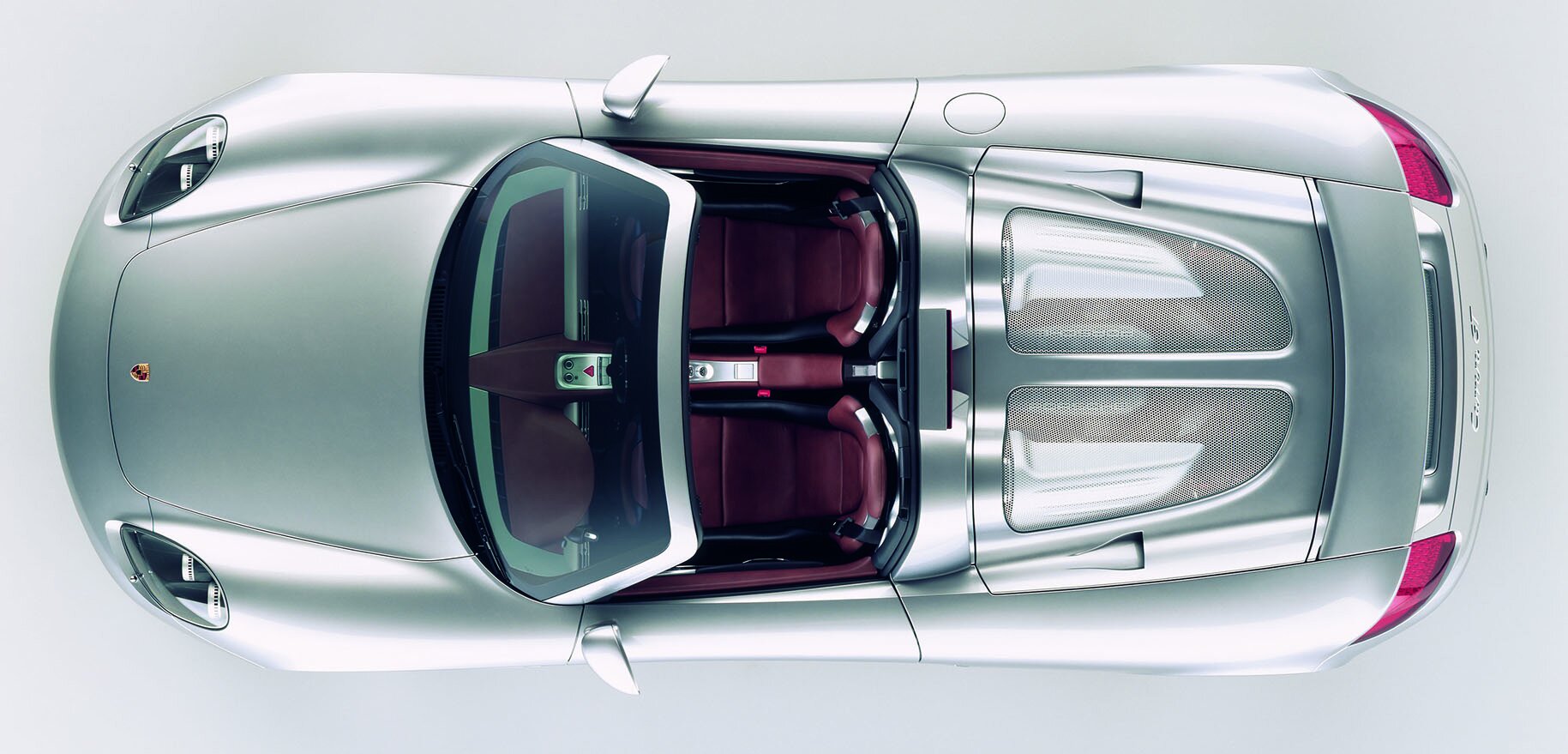My Part in Building the Porsche Carrera GT Concept Car
August 2020 • By Rick Pearmain with Tony Thacker Growing up near Southend, England, about 45 miles east of London, can be compared to growing up in Manhattan Beach, California, but only on the sunniest of days with sky of blue and sea of green. Mostly, the skies were gray as were English cars of the 50s and 60s. That is until Rick Pearmain saw the cover of the November ’73 issue of Rod & Custom magazine when his world flipped from black and white to vivid color. Of course, the wild ’34 coupes of Pete and Jake on that cover affected many people all over the world—it was a revelation of what could be.
England can be oppressive if you weren’t born the right side of town, didn’t go to the right school and don’t speak with the right accent. It can be tough to haul yourself above that. One way to overcome that is to move to America, which is exactly what Rick did in 1986. Being a talented fabricator he worked for car building luminaries such as ‘Frantic’ Fred Badberg, Dick ‘Magoo’ Megugorac and Gene Winfield.
When he’s not doing product development for Stromberg-97.com, Rick Pearmain can be found behind the wheel of his hot rod Model A or his completely home-built Austin 7 special seen here at Brooklands.
“I did have a job lined up with Dean Jeffries,” said Rick, “but I never started because I got a call from fellow Brit Neil Brooker. He was opening a US branch of International Automotive Design (IAD) in Huntington Beach, CA. They had a big space and a small welder and not much else,” remembers Rick. “Eventually, however, the work rolled in and we built concept cars for Subaru, Toyota and others.”
Eventually, IAD folded and the facility was taken over by Porsche for the sole purpose of building the Carrera GT away from Germany and prying eyes. The GT was a V-10-powered, mid-engined concept that eventually went into limited production. “We worked on a number of Porsches,” said Rick, “but not until after the GT had left the building. That was the high point.”
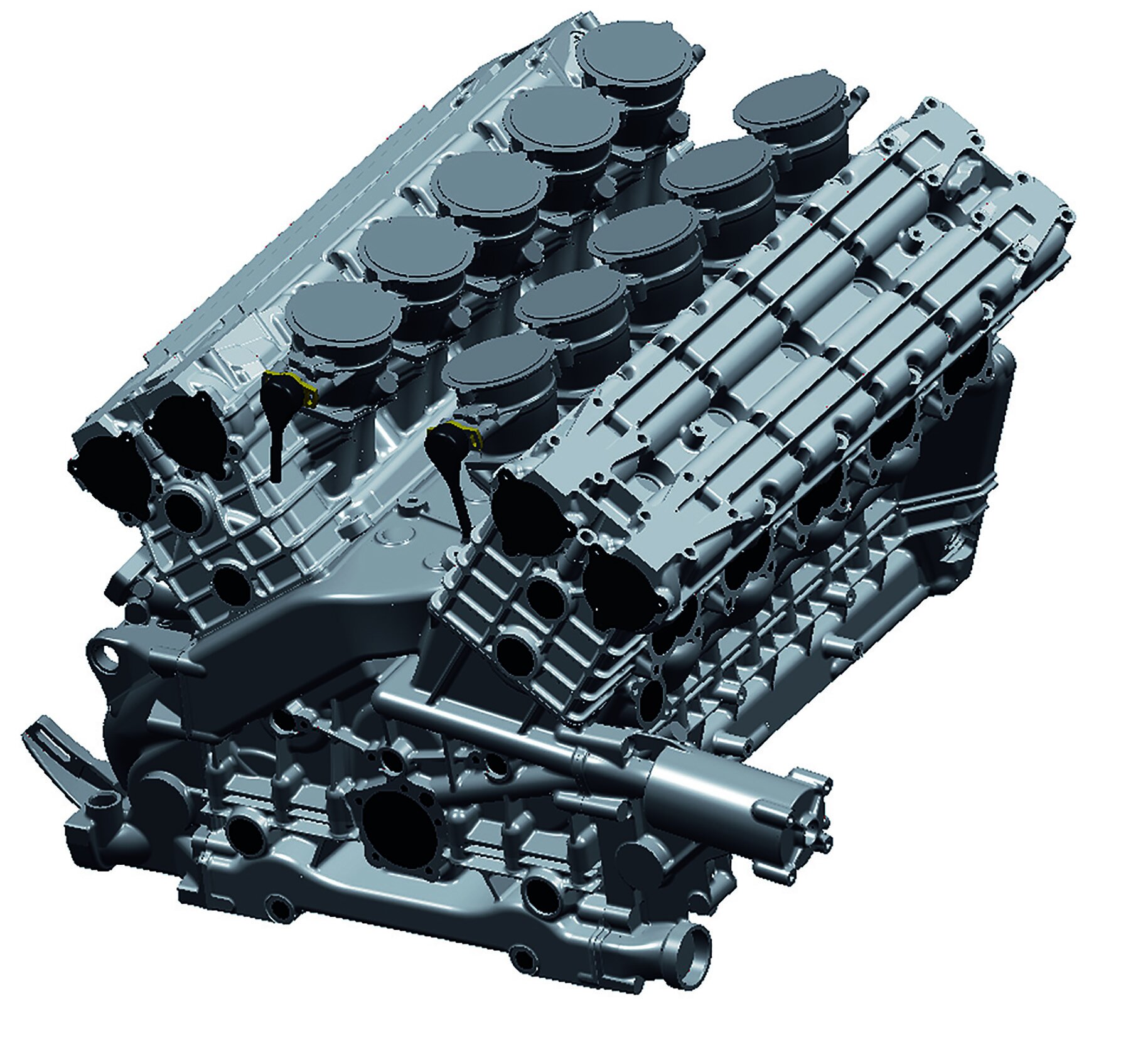
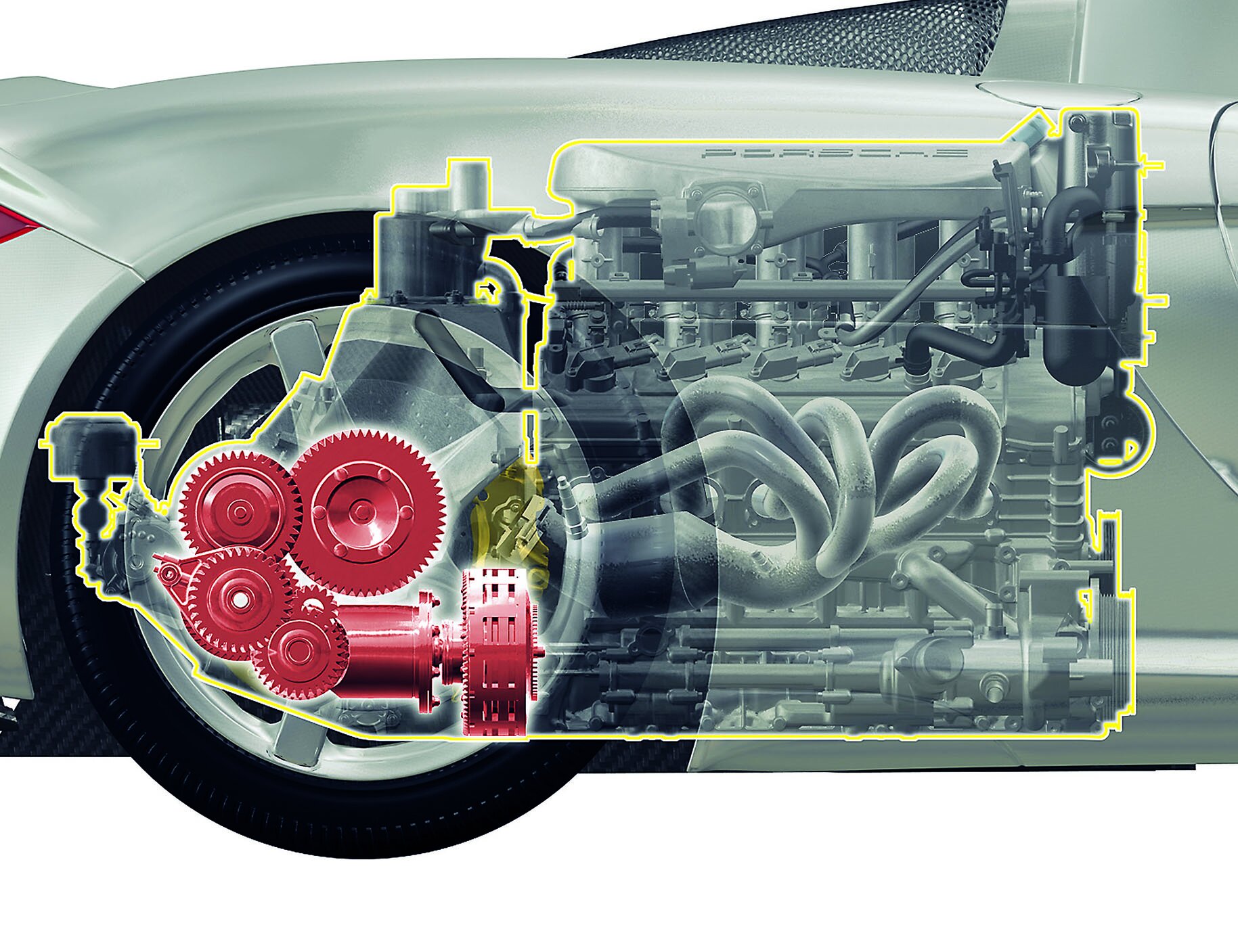

It’s a story as long as the Circuit de La Sarthe but at the time Porsche had been developing a 3.5L V-10 engine that for various reasons had no home in its intended Formula One venue. Porsche therefore decided to utilize it in a prototype to be called the Carrera GT. Like many Porsche designs, the V-10 was a work of art. It’s a 68-degree vee with no liners; instead the bores are coated with Nikasil. The capacity was eventually punched out to 5.7-liters to produce 605 hp and 435 lb-ft of torque and the whole caboodle only weighed 472 lbs.
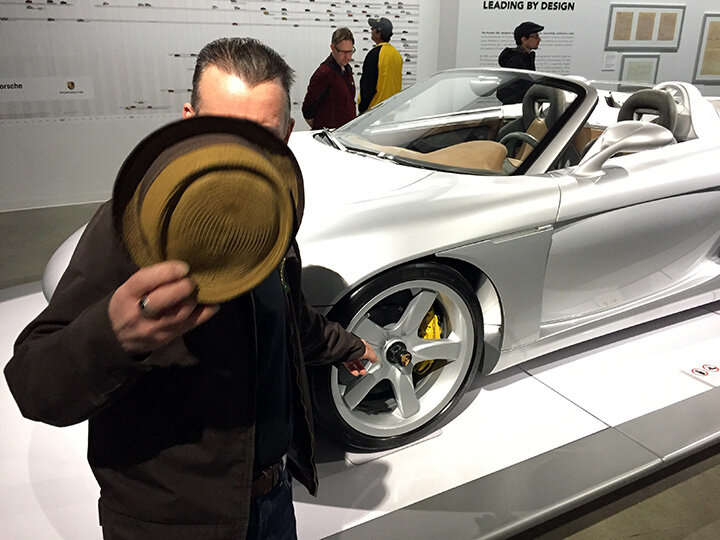
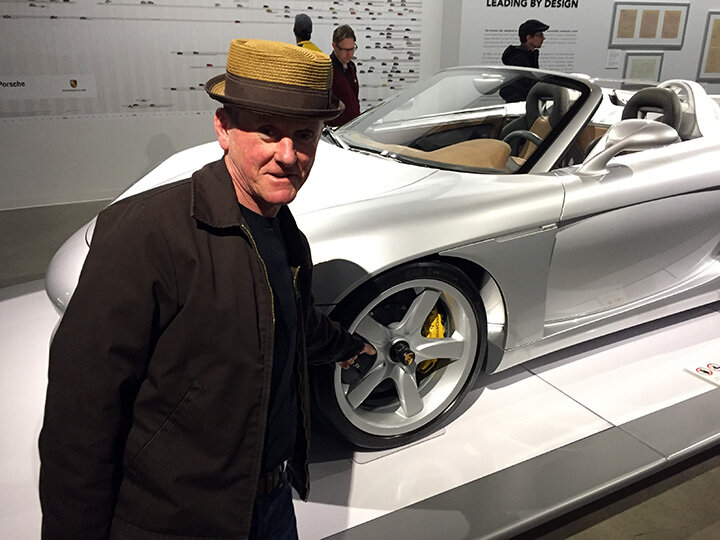
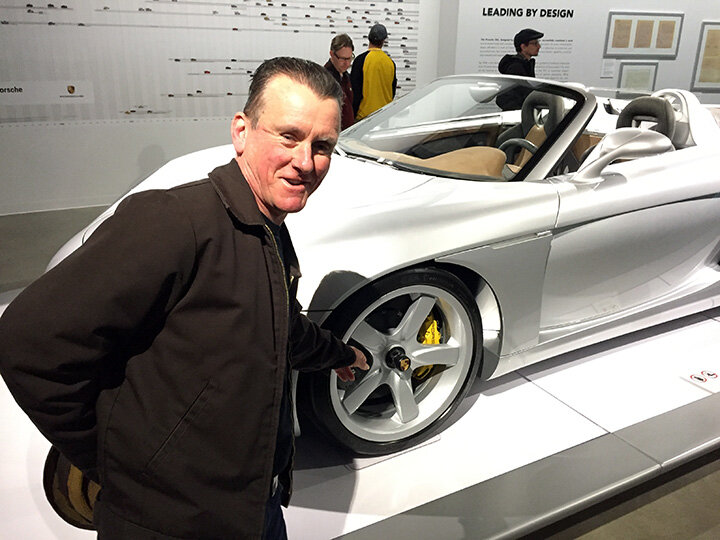
Luckily, TorqTalk.com was able to reunite Rick with the Carrera GT while it was on display at Los Angeles’ Petersen Automotive Museum and he told us the back-story of this amazing car.
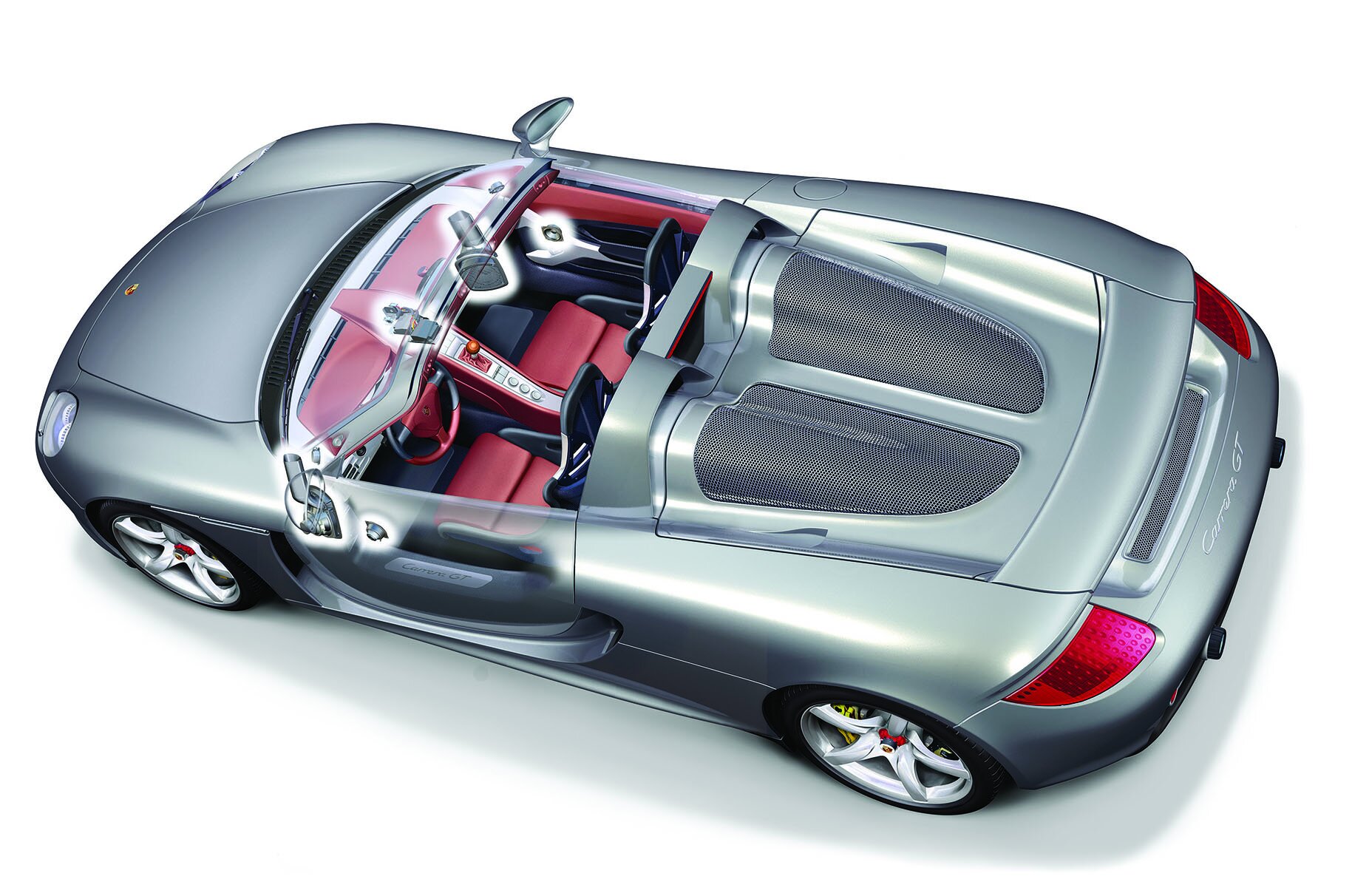
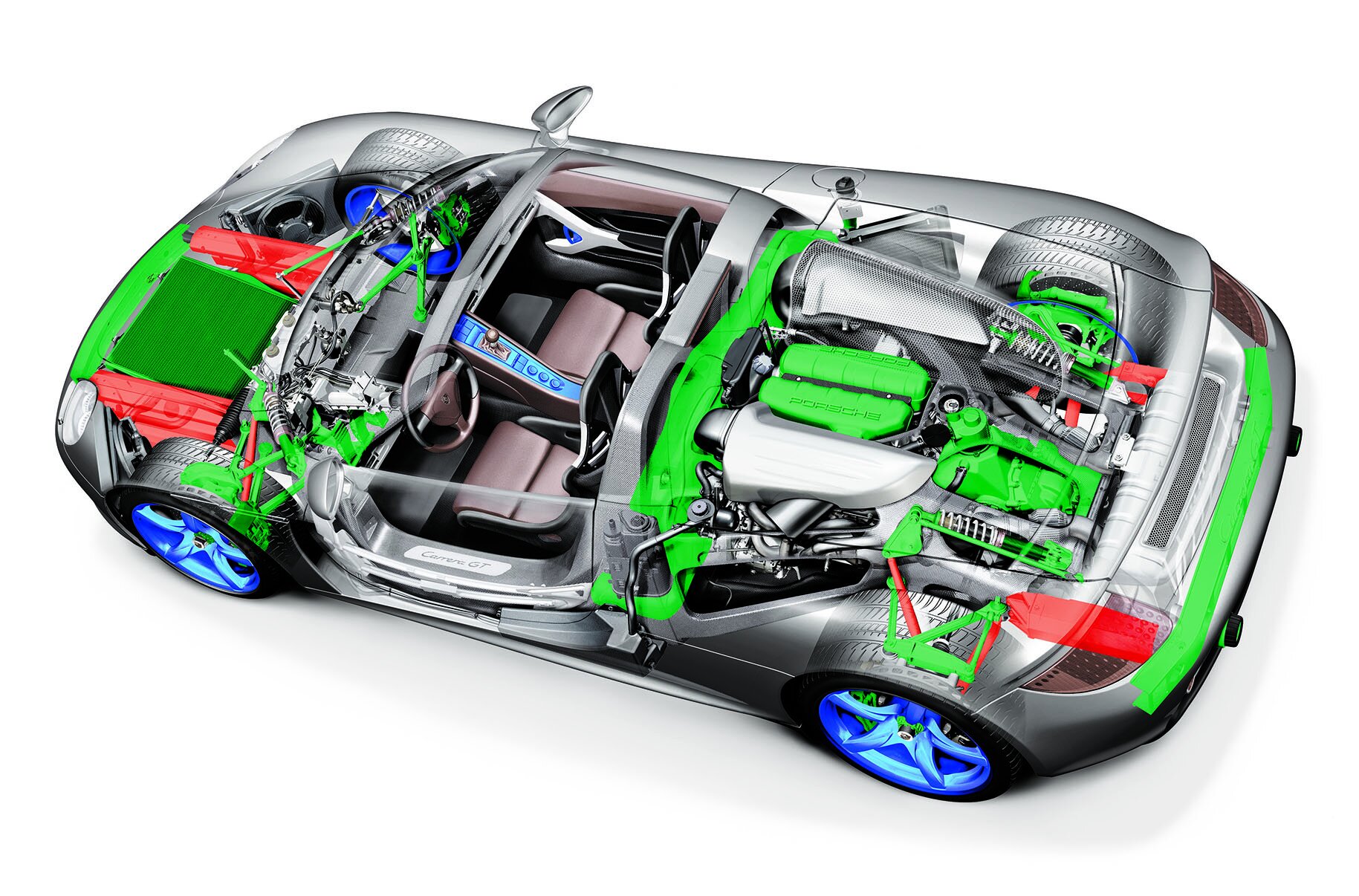
“We began with the understanding that we would build one running prototype—project 980—for an unknown auto show with an unknown deadline—unknown to us worker bees that is. Working from Dutchman Harm Lagaay’s design, work began on a full-size clay model and that progressed through various changes as prototypes evolve from sketch to a full-size model. Typically, a build such as this can take a year to eighteen months and I was but one of a team of about 20 on that project.
“My work began disassembling a Boxster body-in-white—design speak for a engineering mule—and cutting it down to its floor pan upon which we would build the running concept. The rockers, firewall and suspension location points were all scratch built by hand right in Huntington Beach,” said Rick. “Due to the sensitive nature and secrecy of the build, security was as tight as a duck’s butt.
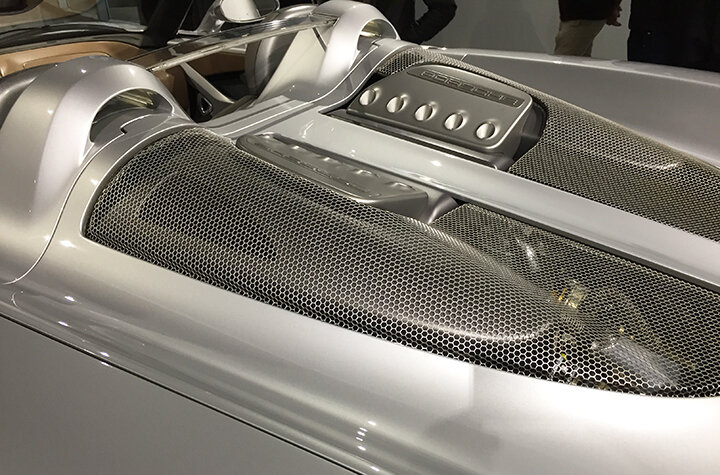

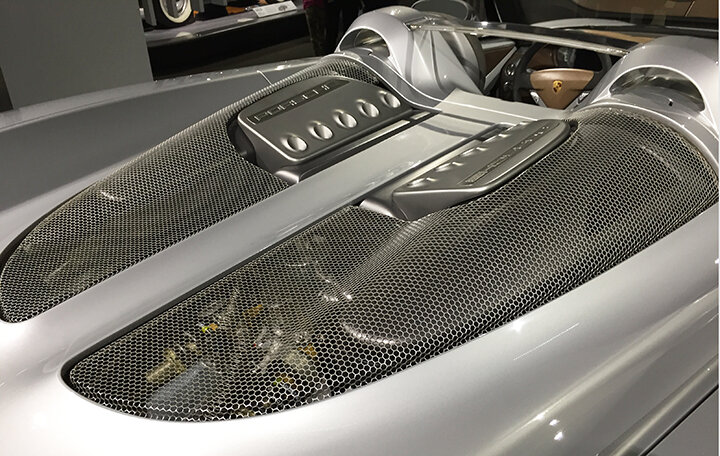
“Mark Townsend was the project manager and one of my tasks under his direction was to build an armature for the clay model. We used a 2x4 ladder-type frame with movable axles so that we could adjust the wheelbase from side-to-side because we inevitably built two different design studies, one on either side. The former was built of wood that was covered in hard foam and then clay. Five-axis milling machines were not common then and the clay form was all hand shaped. When the shape was finalized and signed off moulds were made from which the carbon fiber panels were formed.


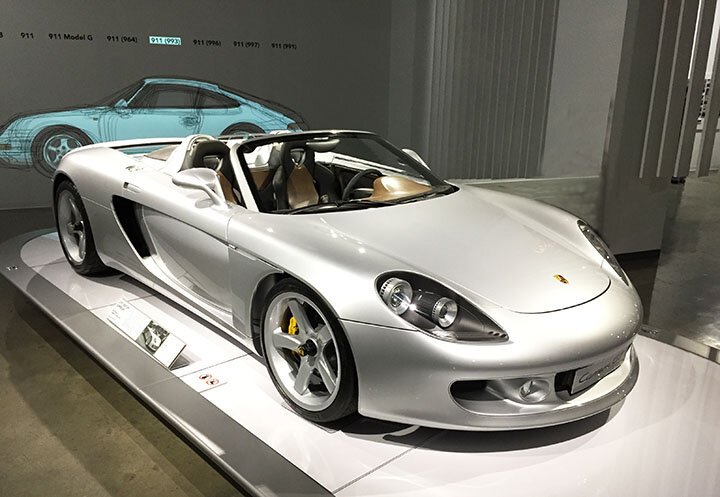
“One day, the engine and trans turned up and that had everybody scratching their heads as to how we were going to mount them. Remember, there were no real engineering drawings, just some stuff on computer and a brief to get ’er done. In the end, we milled a giant X out of a giant billet of aluminum and that secured the engine and trans that I think came out of a Cayenne, to the chassis. The front suspension came from a GT3.
“Then, just as we were moving right along, the goal posts were moved—a bunch and we were told we had to build a second car in time for the 2000 Paris Motor Show—thankfully only a ‘push-mobile’—it didn’t have to run.
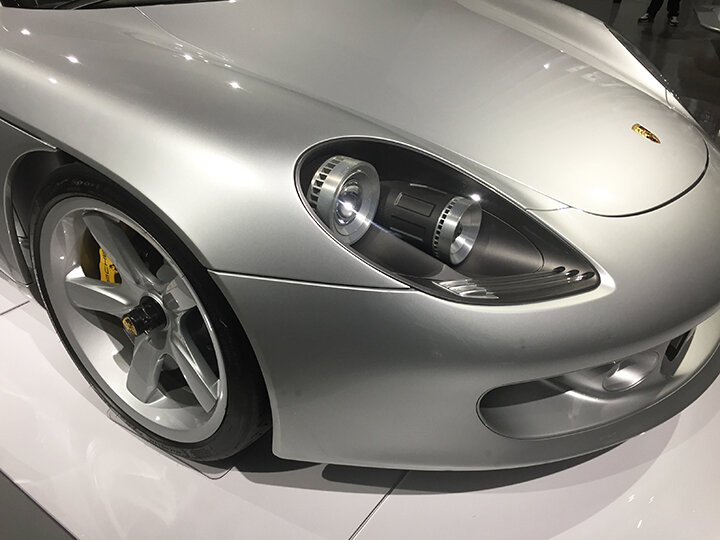
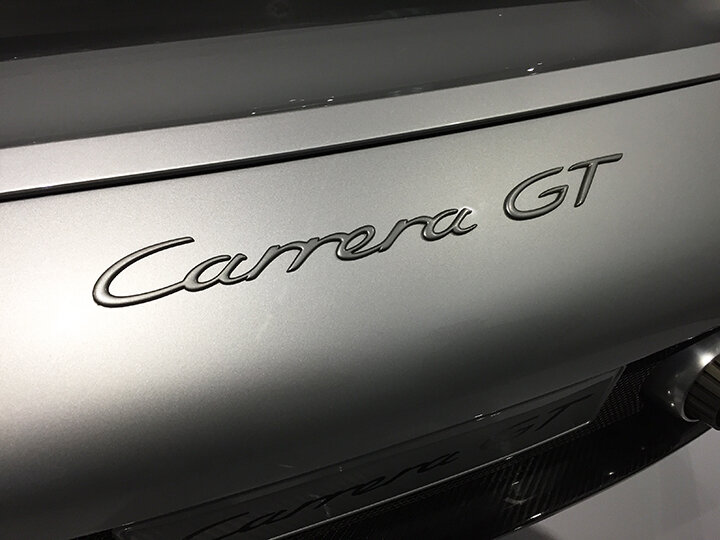
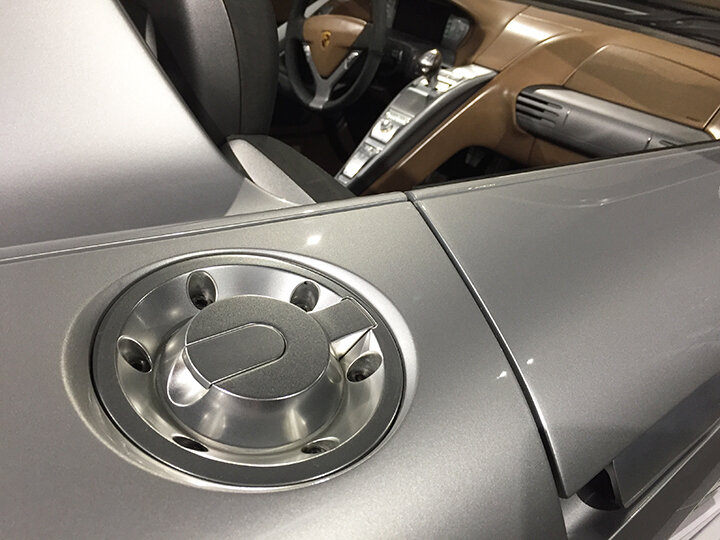
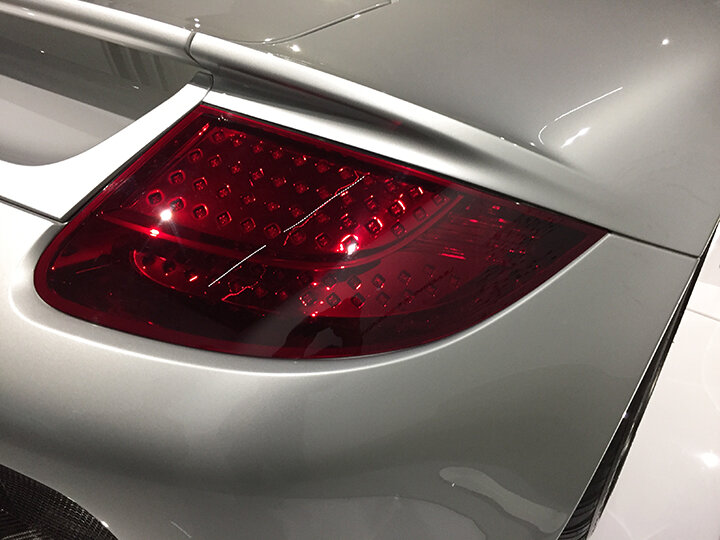
“We needed another Boxster for the second build but there was no time to get one from Uusikaupunki, Finland, where they were produced by Valmet Automotive, to Los Angeles. However, they could get one to Germany and they could get me to Germany too. Off I went with my knowledge and experience on the first car, some drawings and some Post-it notes to Porsche’s development center in Weissach, Germany.
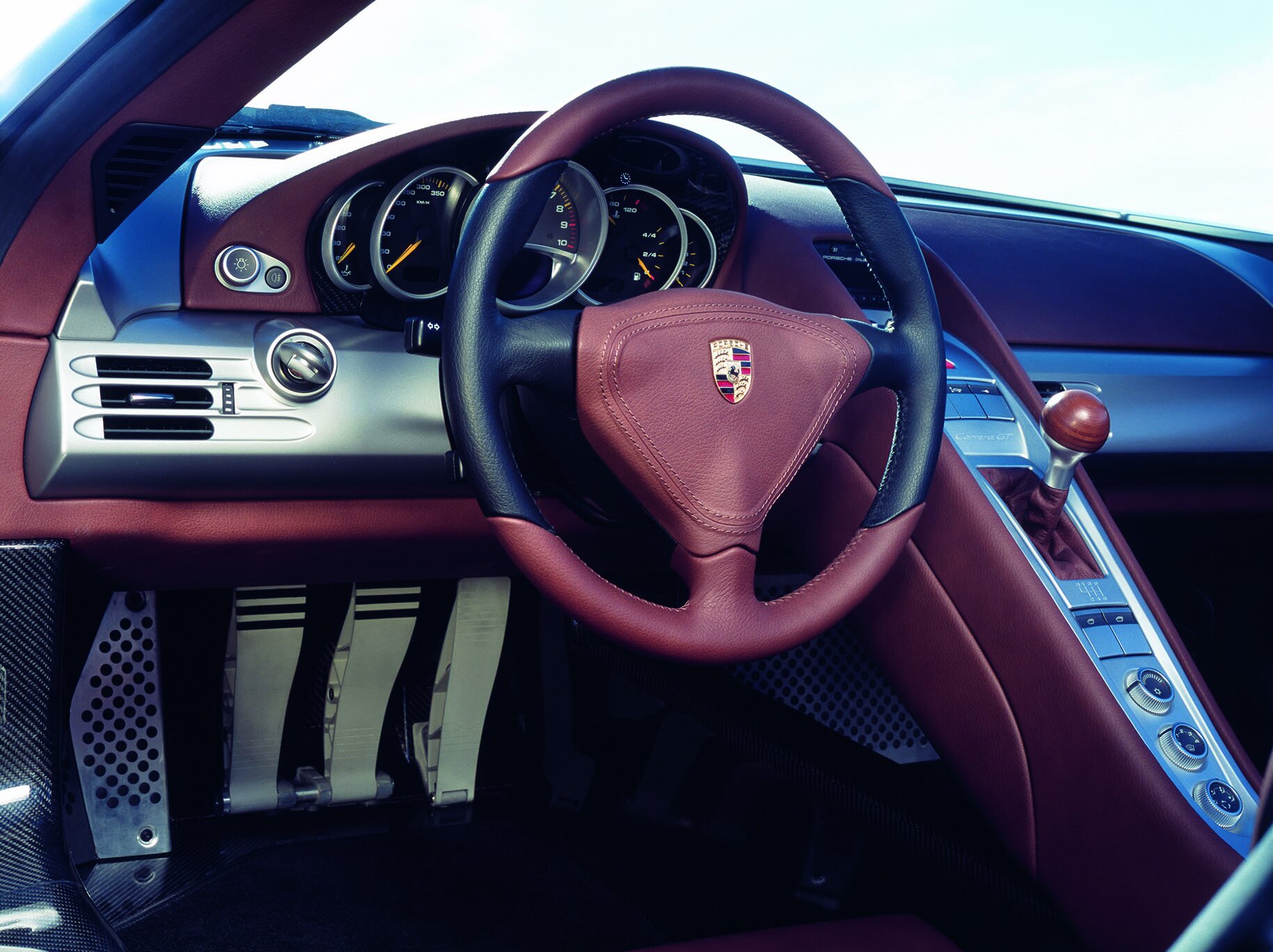
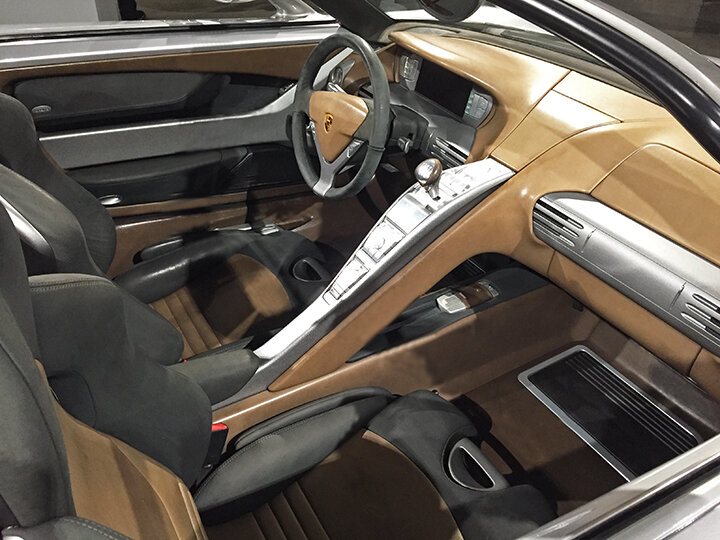

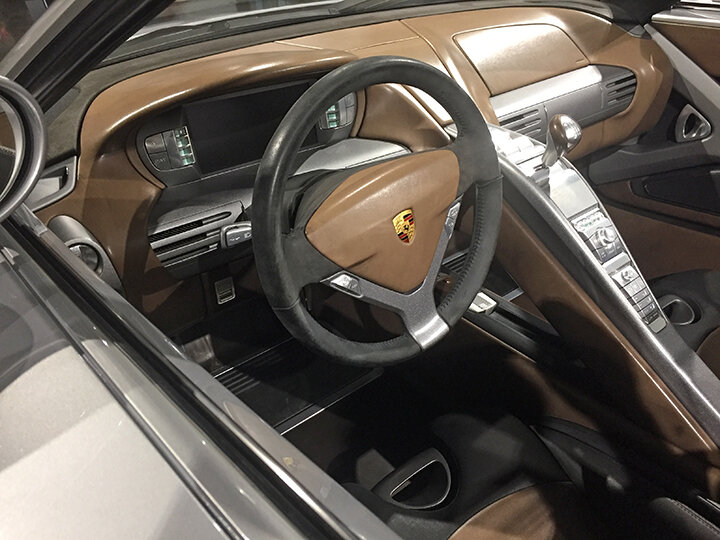
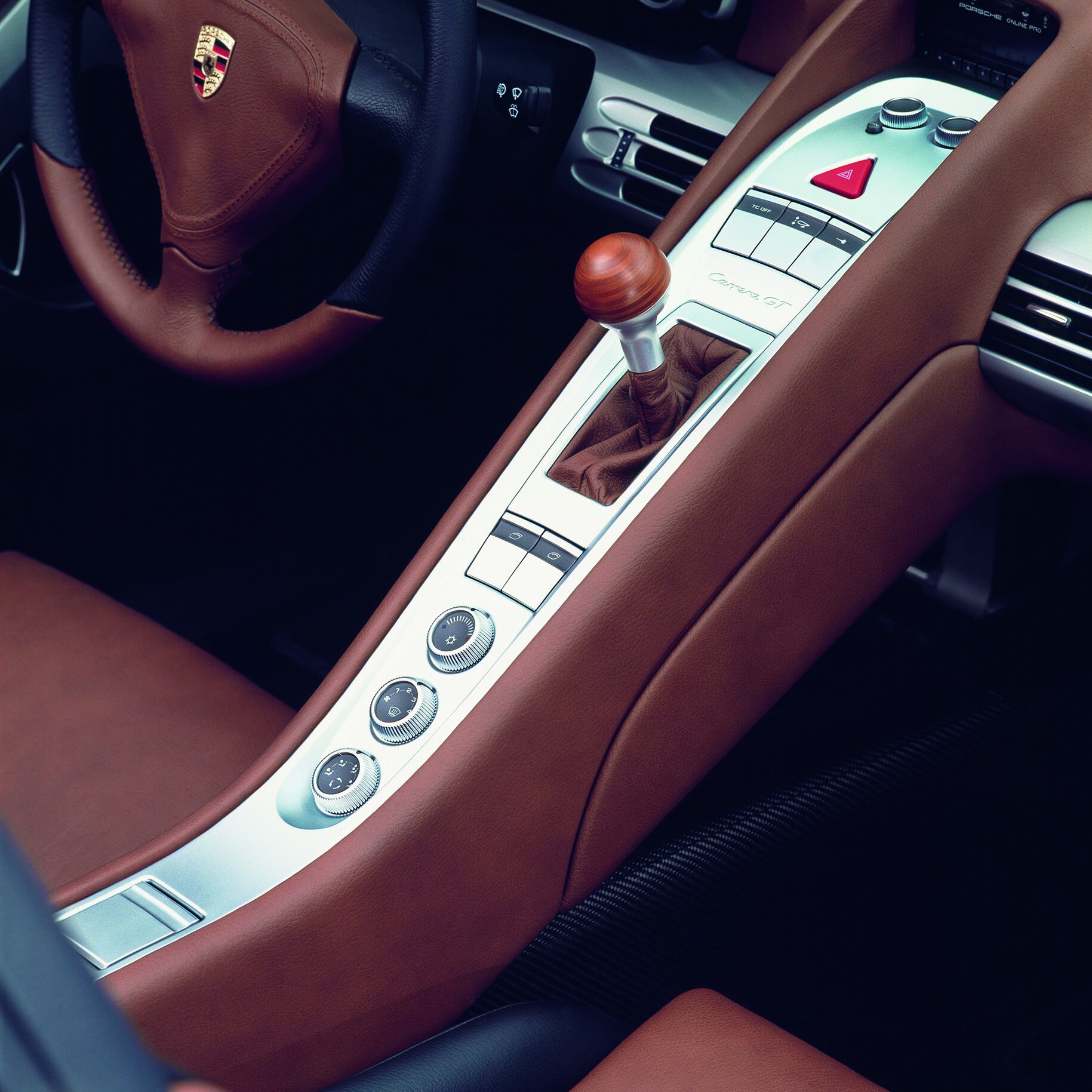
“Even though I don’t speak German, it was a fantastic experience to be in the hub of Porsche’s research and development skunk works. In the building next to where I was working they were building 911 GT3 cup cars and there was a Porsche test track just outside that all day resonated to that unmistakable sound of Porsches under power. It was intoxicating and I was there.”
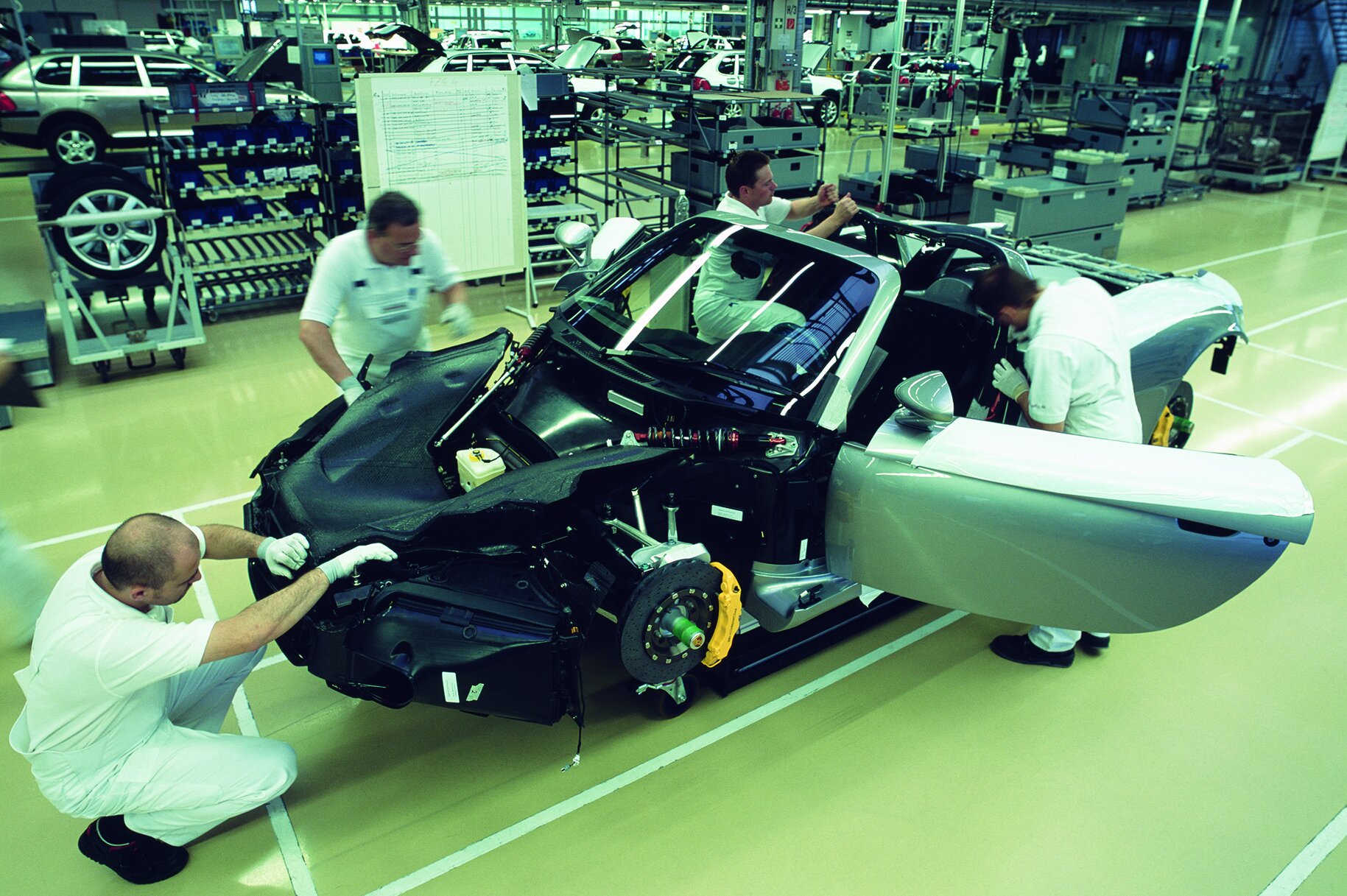
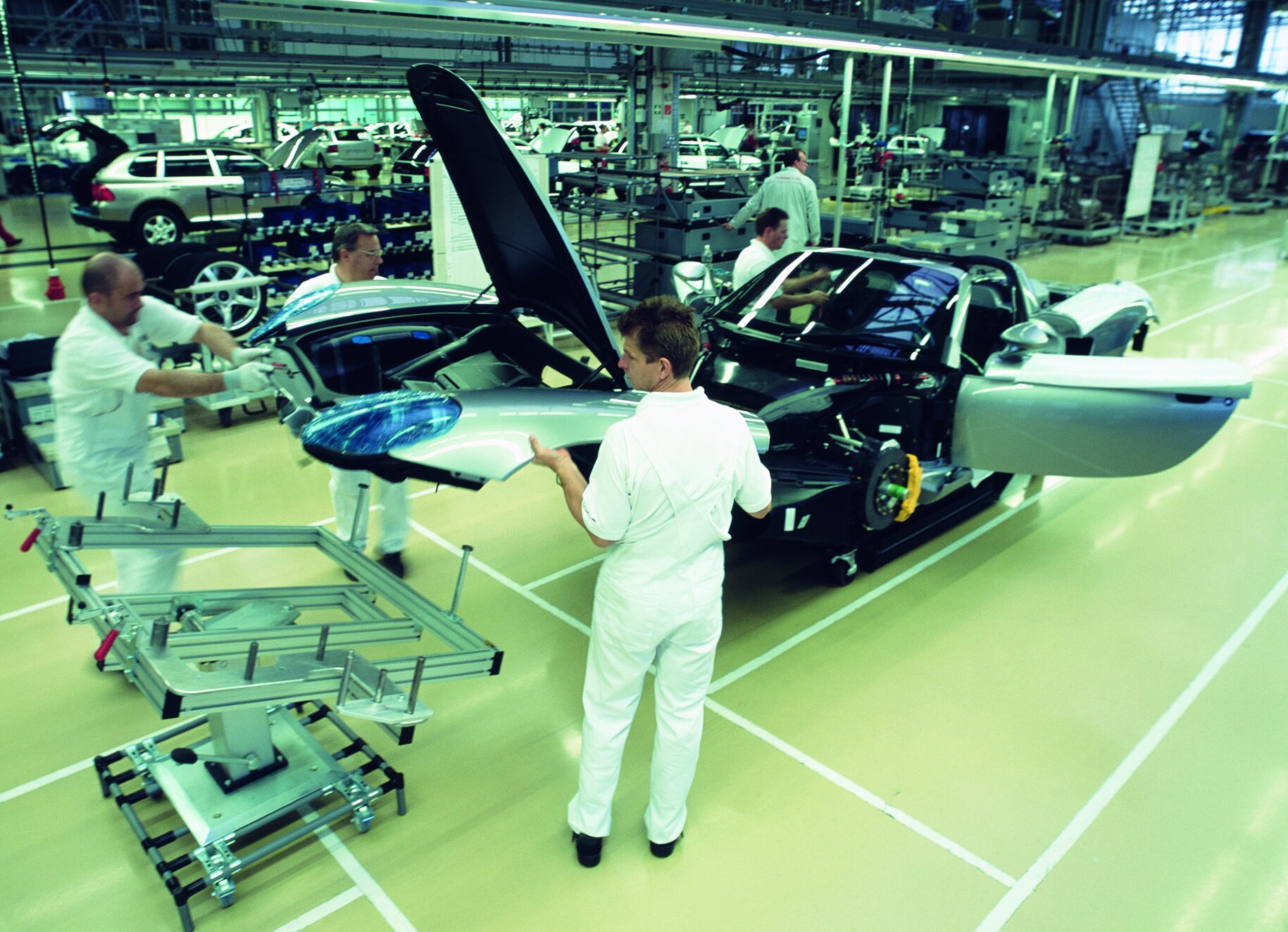
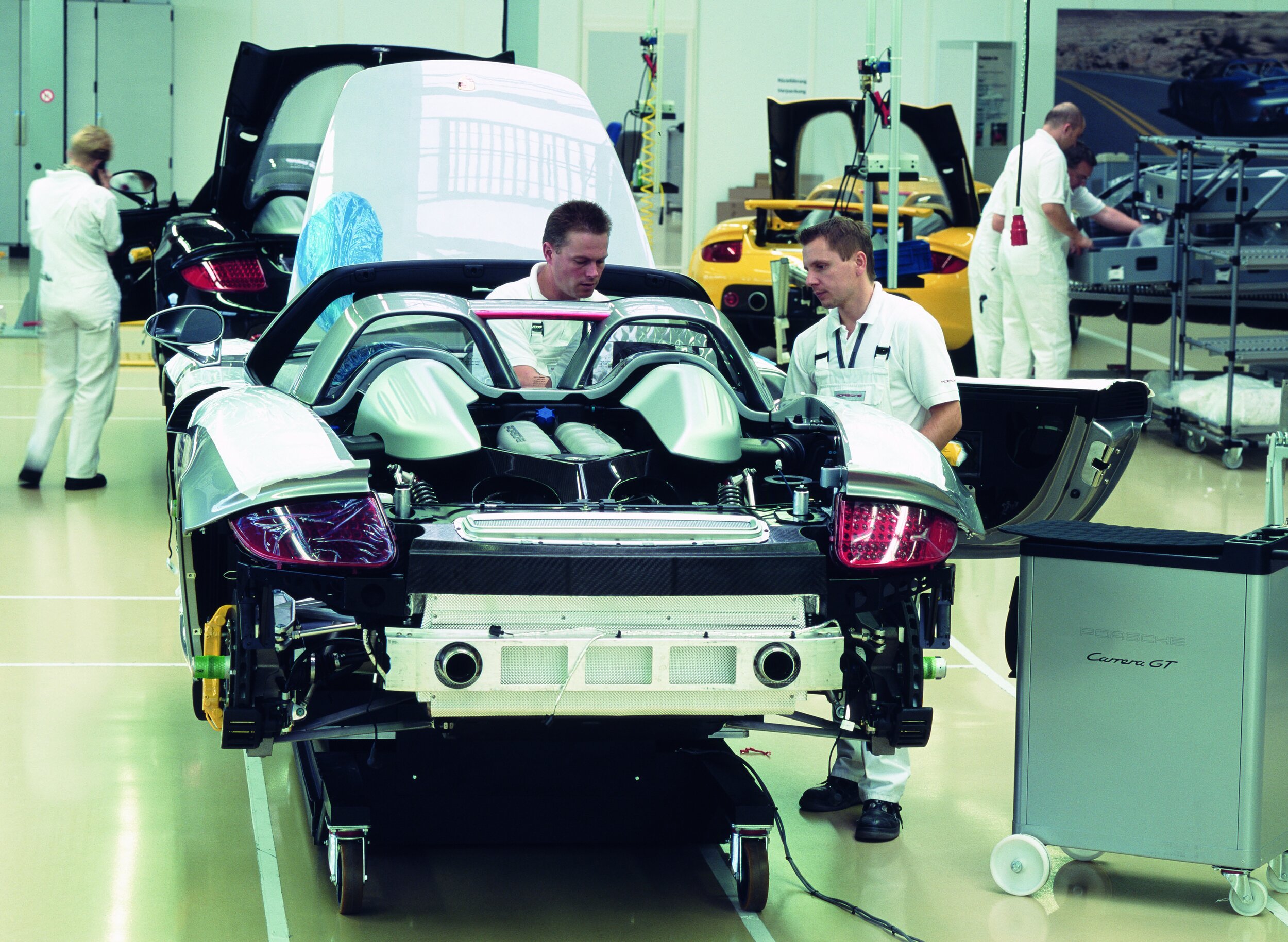
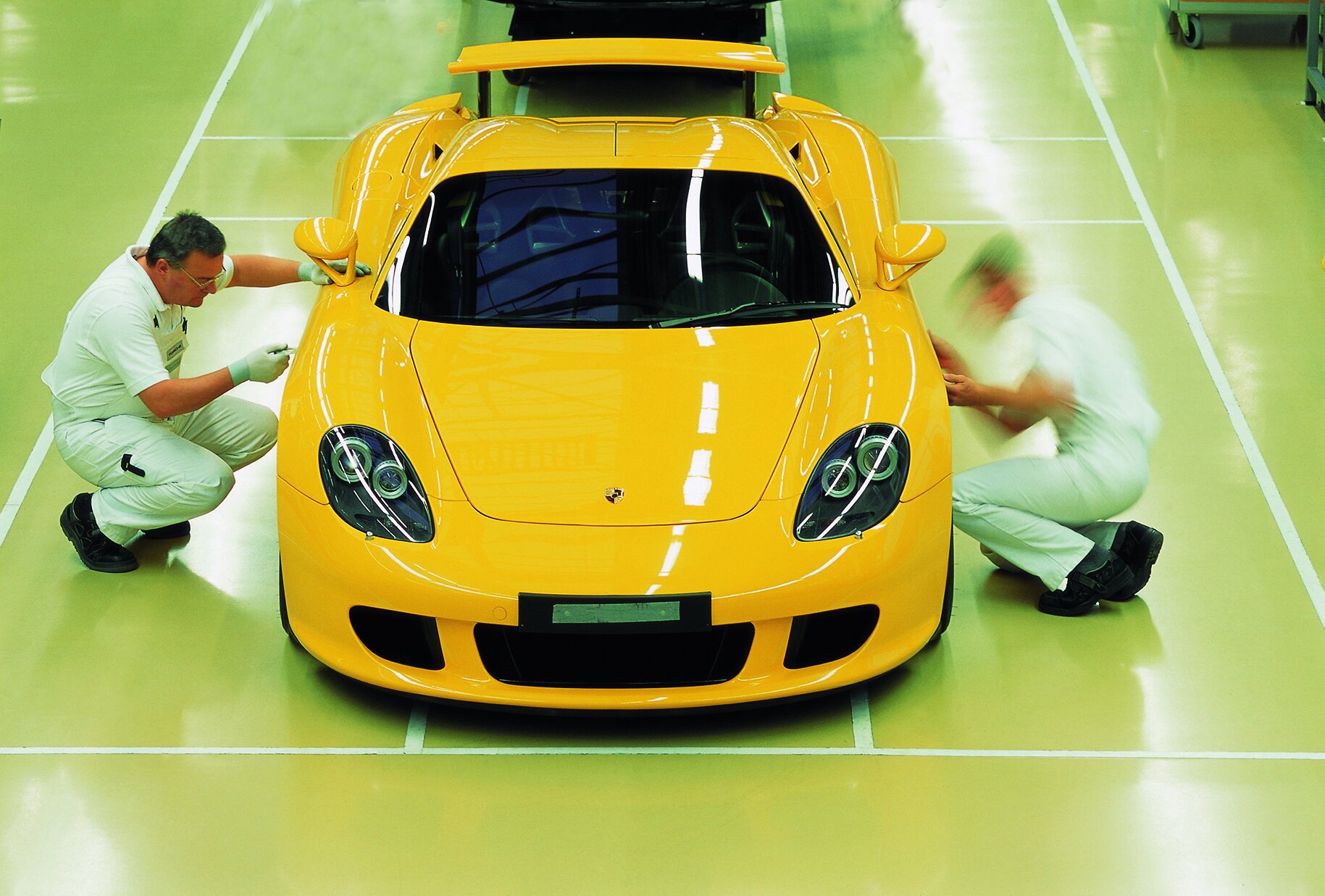
Ultimately, two cars, the driver and the pusher, debuted on schedule at the 2000 Paris Motor Show where they were received so well that Porsche considered a limited production run, especially when deposits were proffered. After feasibility studies Porsche began a limited production at its then-new Leipzig plant. The first Carrera GT went on sale in the U.S. on January 31, 2004 with an MSRP of $448,000. Initially, Porsche planned to build only 1,500 cars but in August 2005 Porsche announced that new U.S. air bag regulations precluded continued production. In all, a total of 1,270 cars were sold with half of those going to the U.S.
Summarizing his time working on the Carrera GT Rick said, “I remember it being a tough nut to crack but like all good German engineering it all came together.”
Postscript:
Despite its rightful place on the Porsche podium, the Carrera GT got more than its fare share of black ink when ‘Fast and Furious’ actor Paul Walker and his friend Roger Rodas died when Rodas was driving his 2005 Carrera GT in 2013.





